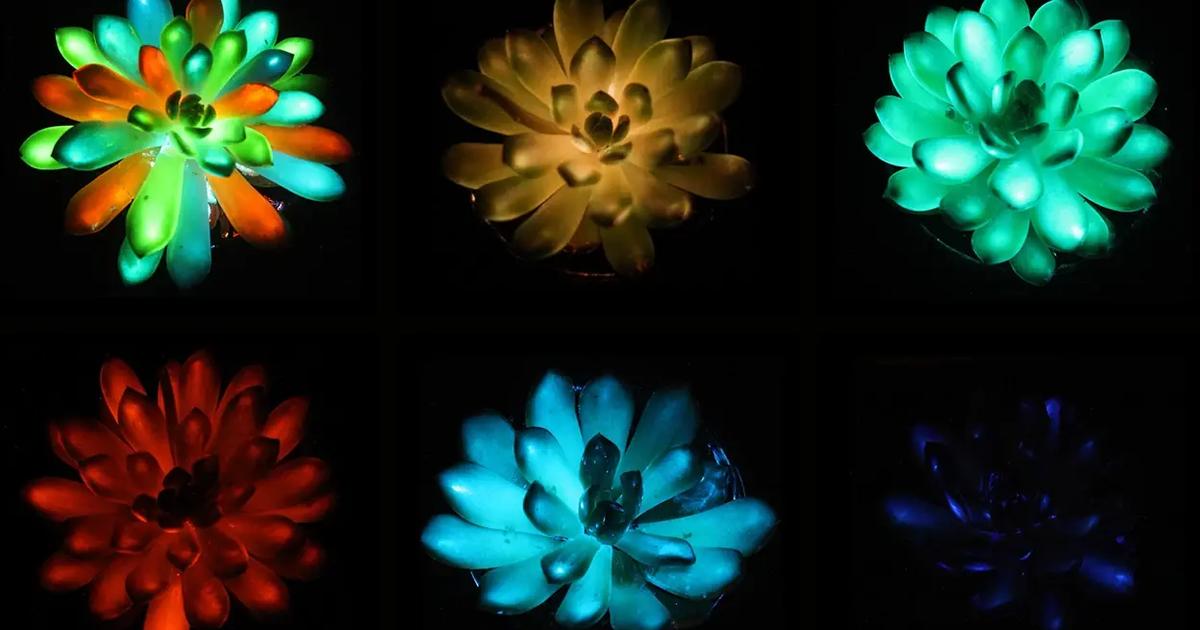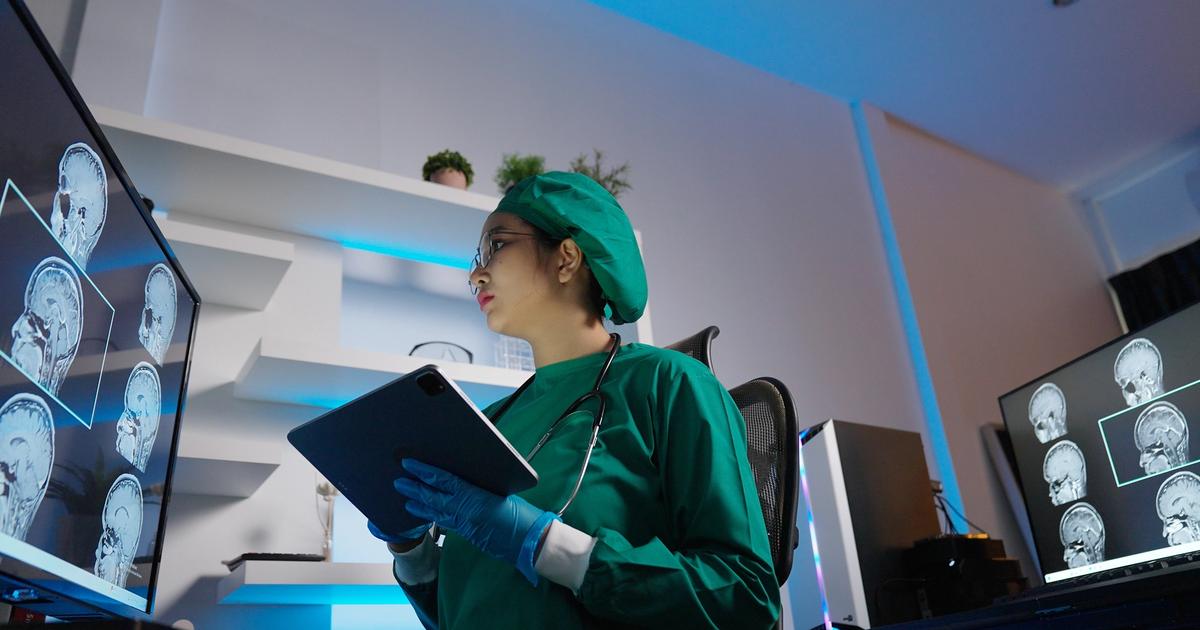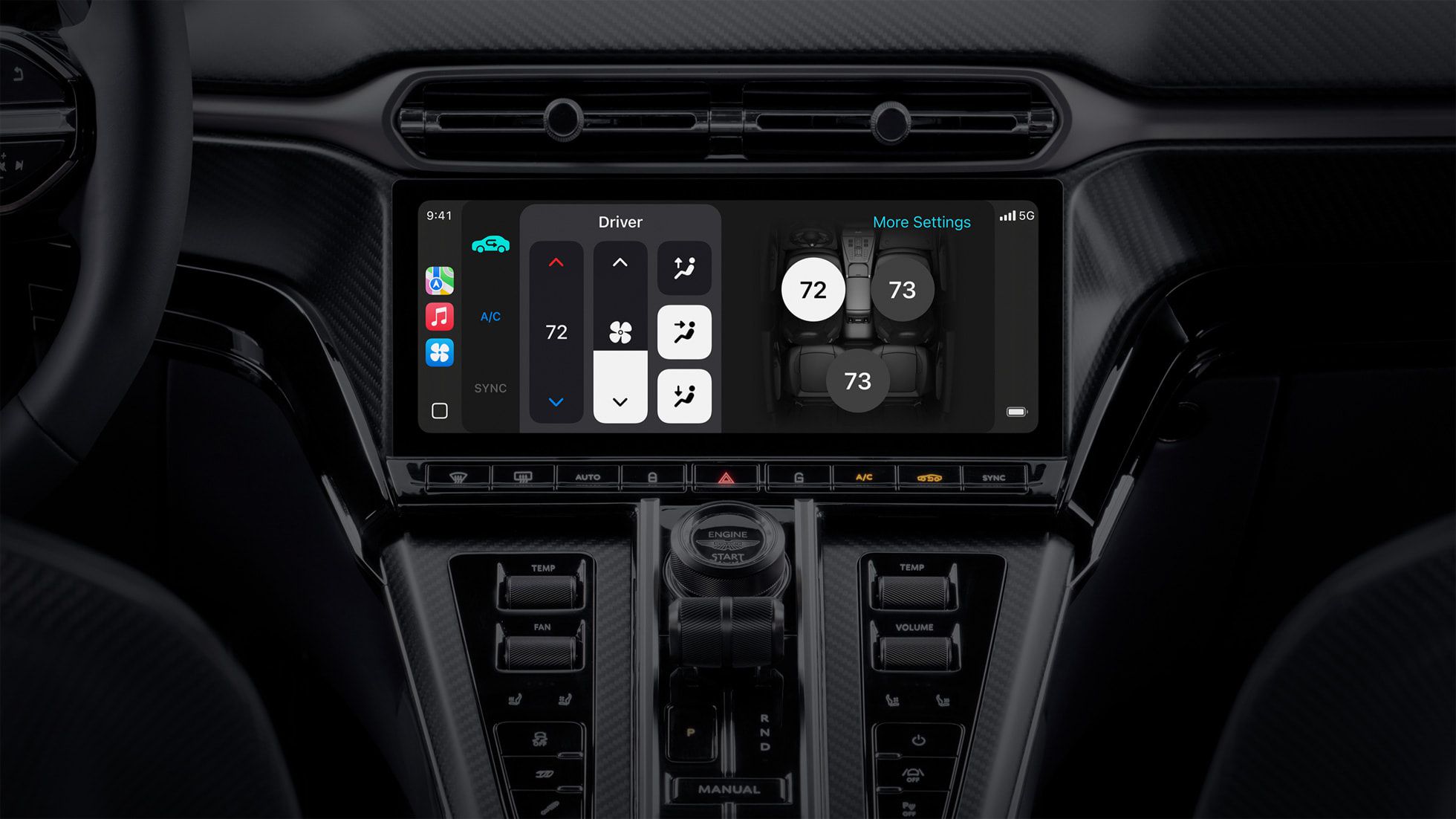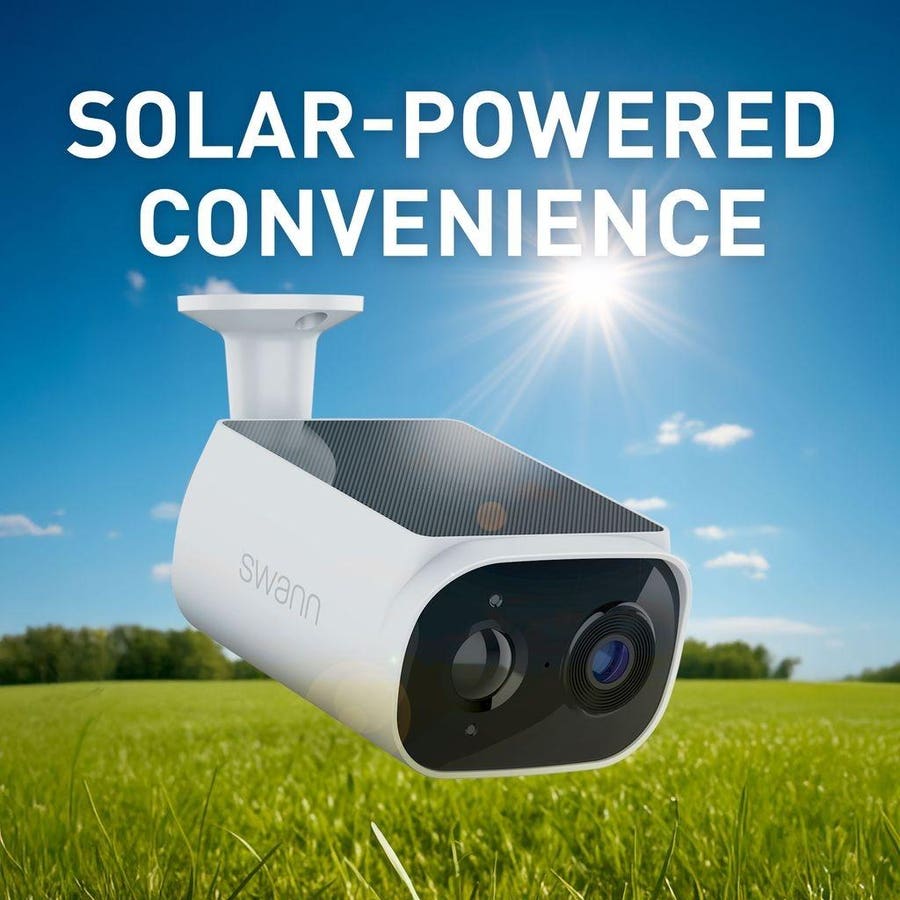Key Takeaways; Cannabis Sector
-
Green Thumb Sold Iconic Brands to Agrify, Which Will Rebrand as RYTHM, Inc.
-
MTL Cannabis Delivered Steady Q1 2026 Results and Launched Major Expansion Projects
-
Simply Solventless Reported Record Q2 Revenue and Expanded Canadian Footprint
-
High Tide Expanded Ontario Presence with Two New Canna Cabana Stores
Key Takeaways; Psychedelic Sector
-
AbbVie Acquired Gilgamesh’s Bretisilocin in $1.2 Billion Deal to Advance Psychedelic Depression Treatment
-
Incannex’s Psilocybin Therapy Showed Breakthrough Results in Anxiety Disorder Trial
-
PharmaTher Pushed Ahead with Ketamine Patch as Non-Opioid Pain Relief Alternative
Below is a weekly roundup of what happened this week in the cannabis and psychedelic sectors. In this ever-evolving landscape, we explore the major developments and groundbreaking initiatives happening among companies operating in these industries; from advancements in medical research, therapeutic applications to shifts in legal frameworks and current market trends.
Top Marijuana Companies for the Week
#1: Green Thumb
Green Thumb Industries Inc. (CSE: GTII) (OTCQX: GTBIF), a leading U.S. cannabis consumer packaged goods company and operator of RISE Dispensaries, sold a portfolio of well-known cannabis brands, including RYTHM, Beboe, Dogwalkers, Doctor Solomon’s, &Shine, and Good Green, to Agrify Corporation (NASDAQ: AGFY) for US$50 million.
Under the agreement, Agrify acquired intellectual property rights to the brands, while Green Thumb will continue to manufacture and distribute them under a new Trademark and Recipe License Agreement.
Benjamin Kovler, Chairman and CEO of Green Thumb, who also serves as Agrify’s Interim CEO, described the transaction as “a strategic move that allows us to continue growing these beloved brands while unlocking value for both companies.”
In addition to the sale, Green Thumb extended a US$45 million secured convertible note to Agrify. The note, maturing in February 2027, carries a 10% annual interest rate and can be converted into Agrify common stock or pre-funded warrants, subject to Nasdaq rules.
The financing highlighted Green Thumb’s ongoing role in supporting Agrify’s growth trajectory. Kovler emphasized, “This structure provides both companies with the flexibility and resources to expand as cannabis continues to move into the mainstream.”
Following the acquisition, Agrify announced it will change its corporate name to RYTHM, Inc. and will begin trading on the Nasdaq Capital Market under the ticker ‘RYM’ on September 2, 2025.
“This acquisition is our next step in positioning ourselves as a leader in the well-being consumer space,” said Kovler. “Demand for THC is rising as consumers seek well-being and alternatives to alcohol. Most importantly, these products are no longer just confined to dispensaries. It feels especially good, today, to say Find Your RYTHM, America.”
With the transaction complete, RYTHM, Inc. will now oversee a brand portfolio spanning RYTHM, Incredibles, Dogwalkers, Beboe, Señorita, &Shine, Doctor Solomon’s, and Good Green, products that are available in both dispensaries and mainstream retail.
#2: MTL Cannabis
MTL Cannabis Corp. (CSE: MTLC) reported $25.9 million in revenue for the first quarter of fiscal 2026, alongside positive operating income and EBITDA, while unveiling a series of large-scale capital projects aimed at driving future growth in both domestic and international markets.
For the quarter ending June 30, 2025, the company posted net revenue of $20.7 million, gross profit of $9.5 million, and a net loss of just $44,433. Despite slightly lower product sales year-over-year, referral revenue helped offset declines, keeping revenue steady compared to Q1 2025. MTL also generated $3.4 million in EBITDA and $3.0 million in adjusted EBITDA.
The company also announced several transformational capital projects designed to expand capacity and improve efficiency. During the quarter, MTL completed the retrofit of all cultivation rooms in Montreal and Louiseville with LED lighting technology, a move expected to reduce utility costs while increasing yields and overall product quality. Additionally, MTL stated that in Pointe-Claire, Quebec, work had begun on retrofitting its 815 Tecumseh facility, which currently serves cultivation and post-harvest operations. Once completed, the project is expected to increase annual cultivation capacity from 9,000 kilograms to 11,000 kilograms by March 2027.
At the same time, the company reported that it is converting its 4225 Transcanadienne facility in Pointe-Claire into a central processing and distribution hub for recreational, medical, and international markets. According to the company, this transition will allow for further expansion of both the 815 Tecumseh site and the Abba Medix facility in Pickering, Ontario.
Chief Executive Officer Michael Perron praised the company’s progress and future trajectory, stating: “We are incredibly proud of what we have achieved since completing the RTO transaction with Canada House Wellness and the turnaround of consolidated operations, allowing us to achieve industry-leading results. Now that we have our house in order with the support of a Schedule 1 financial institution, we are able to comfortably take on these transformational capital initiatives and set the company up for continued long-term growth in the Canadian recreational, Canadian medical, and international export markets.”
#3: Simply Solventless
Simply Solventless Concentrates (TSXV: HASH) (OTCPK: SSLCF) posted another strong quarter in its Q2 2025 financial and operating results, reporting record gross revenue of $13 million for the three months ending June 30, 2025. Net revenue came in at $11 million, while net income was $3.4 million.
Compared with Q1 2025, gross revenue rose 5% and net revenue increased 11%. Year over year, the company saw an impressive 207% jump in gross revenue and a 279% increase in net revenue. While net income dropped 60% from Q1, it was still up 178% compared with Q2 2024. The company also generated $1 million in positive cash flow from operations.
SSC’s results reflected the consolidated performance of its expanding portfolio, which includes subsidiaries Humble, ANC, CannMart, and Massive Hash Factory. Over the past year, SSC also acquired the Lamplighter brand, adding to its existing lineup of Astrolab, Frootyhooty, Roilty, and Zest.
“We delivered another strong quarter of profitable growth, driven by focused and disciplined execution across all of our business units,” said President and CEO of SSC, Jeff Swainson. He emphasized that the integration of acquisitions is now showing results, with “increased scale and critical mass beginning to take shape.” Swainson added that SSC remains focused on generating more cash flow as it prepares to launch the California-based Sluggers brand in Canada later this year.
The company also announced a few operational highlights. On July 24, SSC named Ananth Krishnan as its new Chief Financial Officer, effective August 25. Additionally, the company stated that it had begun a $2.5 million retrofit of its Humble facility in Winnipeg, which is expected to increase annual cannabis production from 8,000 kg to 14,000 kg. According to SSC, harvests from the expanded capacity are projected to begin in the first quarter of 2026.
Meanwhile, the company also reported that its Status brand, which was acquired through the ANC deal in 2024, continues to gain traction across Canada.
SSC also reported a strengthened balance sheet, with total assets up 57% since year-end 2024 and working capital jumping from $1.6 million to $20.3 million.
Looking ahead, Swainson said the company will continue pursuing “new product launches and key market opportunities through the remainder of 2025,” while reinforcing its position as a leader in solventless cannabis products.
#4: High Tide
High Tide Inc. (NASDAQ: HITI) (TSXV: HITI) announced that it will open two new Canna Cabana retail locations in Ontario, further strengthening its position as Canada’s largest cannabis retailer.
The Burlington store, which is located at 3221 Appleby Line, opened its doors on August 29, 2025. A second location in London, at 1294 Fanshawe Park Road East, will follow on September 4, 2025. With these launches, High Tide’s national retail footprint will grow to 207 Canna Cabana stores, including 86 in Ontario.
“These new openings in Burlington and London reflect our unwavering focus on expanding our national footprint with carefully selected, high-quality sites that maximize long-term potential,” said Raj Grover, Founder and CEO of High Tide. “Every new store strengthens our ability to deliver value to our Cabana Club members and reinforces our leadership as Canada’s largest cannabis retailer.”
According to High Tide, the Burlington site is positioned in the city’s growing northern corridor, surrounded by a strong mix of quick-service restaurants and national retailers. The location is expected to attract steady customer traffic. The London location is set in one of the city’s fastest-growing neighborhoods with no overlap with existing Canna Cabana outlets. The area is anchored by national grocers, drugstores, and popular restaurants, giving the store access to more than 25,000 residents within a short drive. With only two competitors nearby, the store is expected to capture significant early market share.
Grover also pointed to High Tide’s international ambitions, highlighting the company’s pending acquisition in Germany. “Beyond Canada, our upcoming closing of the Remexian acquisition in Germany will mark the beginning of an exciting new chapter, positioning High Tide as a global cannabis company with meaningful scale in both retail and distribution,” he said. “With strong momentum at home and transformational opportunities abroad, the best is yet to come for High Tide.”
Top Psychedelic Companies for Week
#1: AbbVie
AbbVie Inc. (NYSE: ABBV) announced a definitive agreement to acquire Gilgamesh Pharmaceuticals Inc. lead investigational therapy, bretisilocin (GM-2505), in a deal valued at up to $1.2 billion. The drug, which is currently in Phase 2 clinical development, is being hailed as a potential breakthrough treatment for major depressive disorder (MDD).
Bretisilocin is a short-acting psychedelic compound that targets the serotonin 5-HT2A receptor and acts as a 5-HT releaser. Unlike existing agents in the same class, which can trigger prolonged psychoactive experiences, bretisilocin has been designed to deliver rapid and durable antidepressant benefits while significantly reducing the duration of hallucinogenic effects.
Phase 2a trial results have shown promise. A single 10mg dose of bretisilocin achieved a -21.6-point reduction in depressive symptoms on the Montgomery-Åsberg Depression Rating Scale (MADRS) by Day 14, compared with -12.1 points for a low-dose comparator. The therapy was well tolerated, with no serious adverse events reported.
“The field of psychiatry represents one of the most challenging areas in medicine, with a significant need for innovative solutions,” said Dr. Roopal Thakkar, AbbVie’s executive vice president of research and development. “This acquisition underscores our commitment to broadening psychiatric care by investing in novel treatment approaches. We look forward to advancing bretisilocin to late-stage clinical development.”
Gilgamesh CEO, Dr. Jonathan Sporn, called AbbVie “the ideal partner to advance bretisilocin rapidly,” noting that the acquisition allows Gilgamesh to continue developing other novel therapies for mental health and neurological disorders.
As part of the transaction, Gilgamesh will spin off a new entity, Gilgamesh Pharma Inc., which will retain its employees and pipeline programs, including blixeprodil (GM-1020), an NMDA receptor antagonist, as well as a cardio-safe ibogaine analog and M1/M4 agonist programs. The company’s existing collaboration with AbbVie will also be transferred to the new entity.
The deal builds on a 2024 partnership between AbbVie and Gilgamesh aimed at advancing next-generation psychiatric therapies. Closing remains subject to customary conditions.
#2: Incannex Healthcare
Incannex Healthcare Inc. (NASDAQ: IXHL) reported highly positive results from its Phase 2 clinical trial of PSX-001 (Psi-GAD), a psilocybin-assisted psychotherapy designed for patients with Generalised Anxiety Disorder (GAD).
The study, involving 73 adults with moderate to severe GAD, compared two 25mg doses of synthetic psilocybin against placebo, combined with structured psychotherapeutic support. According to Incannex, PSX-001 produced “statistically significant and clinically meaningful improvements” across all primary and secondary endpoints.
Patients receiving Psi-GAD achieved an average 12.8-point reduction on the Hamilton Anxiety Rating Scale (HAM-A), compared with 3.6 points for placebo; a difference the company described as both rapid and durable across 11 weeks. Nearly half of participants (44.1%) achieved a clinical response, and more than a quarter (27%) went into full remission, far outperforming placebo.
“These results speak for themselves—statistically significant, clinically meaningful, and consistent across every validated measure,” said Dr. Lou Barbato, Chief Medical Officer at Incannex. “Psi-GAD demonstrated a reduction in anxiety, improved mood, enhanced quality of life, and better day-to-day functioning. Importantly, the treatment effect was durable and observed across 11 weeks.”
Safety was also encouraging. No serious adverse events were reported, and side effects were mild to moderate, short-lived, and consistent with psilocybin’s known profile. Concerns such as suicidality or prolonged psychological distress did not emerge during the trial.
For Joel Latham, Incannex President and CEO, the results represent a milestone: “These are outstanding results for Incannex and a major milestone for our clinical pipeline. To deliver back-to-back positive Phase 2 results for both PSX-001 and IHL-42X is an exceptional achievement, and one that gives us tremendous confidence as we progress towards late-stage development.”
With an active FDA Investigational New Drug (IND) application in place, Incannex is preparing for a larger, multi-jurisdiction Phase 2 trial and exploring partnerships to expand global access.
#3: PharmaTher Holdings
PharmaTher Holdings Ltd. (OTCQB: PHRRF) (CSE: PHRM) announced progress on its ketamine transdermal patch, positioning it as a next-generation, non-opioid solution for pain relief. The move follows the recent U.S. Food and Drug Administration’s (FDA) approval of the company’s intravenous ketamine product, KETARx™.
“With KETARx™ now FDA-approved, our next chapter is to expand ketamine’s impact through an innovative transdermal patch that can redefine pain management,” said, Fabio Chianelli, Founder and CEO of PharmaTher. “By addressing the unmet medical need for effective non-opioid pain relief and aligning with FDA’s national priorities, we are positioned to accelerate development, achieve broad adoption, and deliver long-term value for patients and shareholders.”
The U.S. continues to battle a devastating opioid epidemic, with more than 80,000 overdose deaths reported in 2023. Opioids remain the default treatment for both surgical and chronic pain, despite their risks of dependence and misuse. Regulators and healthcare leaders have called for safer, non-opioid alternatives; a demand PharmaTher hopes to meet with its ketamine patch.
The pain management market in the U.S. is estimated at over $50 billion annually. Acute postoperative pain accounts for $13 billion, while chronic pain conditions exceed $30 billion. PharmaTher believes its patch could capture significant share as a first-in-class, non-opioid option.
Designed to deliver controlled, sustained pain relief, the ketamine patch could be used in hospitals, outpatient facilities, and even home-care settings. By leveraging KETARx™’s FDA approval and established safety profile, the company aims to accelerate regulatory review under the FDA’s Commissioner’s National Priority Voucher (CNPV) program, which offers fast-tracked approval for therapies addressing public health crises.







